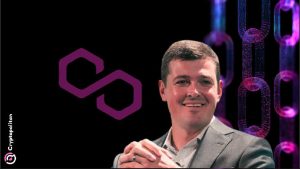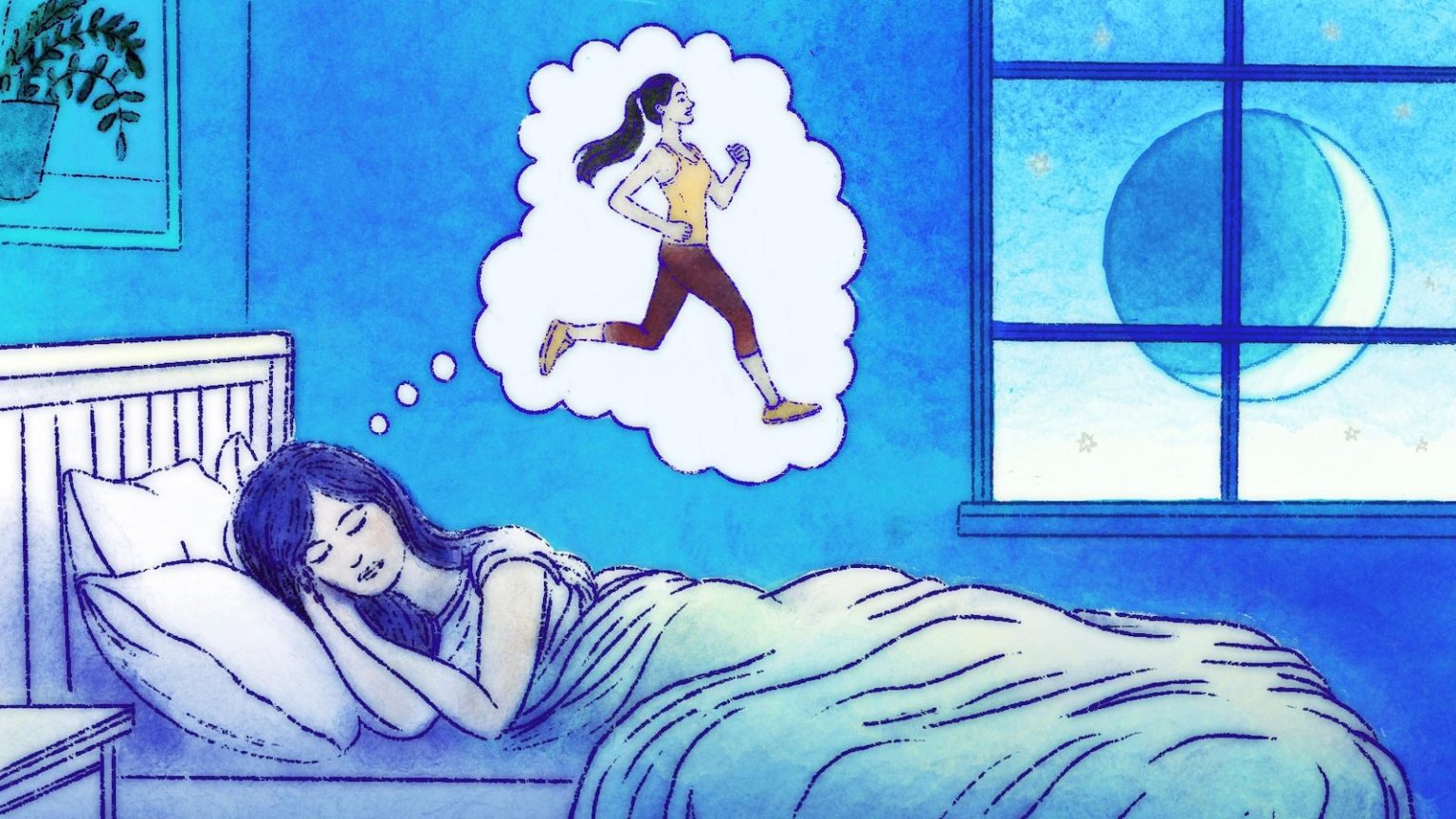The Rise and Evolution of P90X and Tony Horton
In the early 2000s, late-night TV viewers were bombarded with infomercials for P90X, an intense 90-day workout program promising shredded abs and bulging biceps through grueling 90-minute sessions. Its creator, Tony Horton, a veteran of training celebrities in the 1990s, was the face of this fitness revolution. Back then, Horton focused on pushing limits, emphasizing warm-ups, cool-downs, and lifestyle advice like better eating and cutting back on alcohol. However, Horton’s philosophy has undergone a significant transformation over the years. Today, he emphasizes the importance of rest and recovery, warning against the dangers of overtraining. “I didn’t know then what I know now,” Horton admits, reflecting on how his approach to fitness has evolved.
Horton, now 66, still radiates the same youthful energy that made him a household name. While P90X included some recovery days with yoga and stretching, Horton now prioritizes mindfulness and holistic practices like cold-water baths, sauna sessions, and foam rolling to aid muscle recovery. He believes that without proper rest, consistency in fitness is nearly impossible. “If you don’t get the recovery and the rest part right, then you’re never going to be able to be consistent with the fitness end of things,” he says. Horton’s shift mirrors a broader industry trend: the fitness world is moving away from the “no pain, no gain” mentality that once dominated and embracing the concept of recovery as a essential part of any successful fitness routine.
Shifting Focus: From Intense Workouts to Recovery
The fitness industry has come a long way since the days of Jane Fonda’s “feel the burn” VHS tapes and bodybuilders pushing themselves to muscle failure. Today, the American College of Sports Medicine (ACSM) and the National Academy of Sports Medicine (NASM), two of the largest organizations certifying personal trainers, emphasize the importance of recovery methods. NASM’s “Fitness and Wellness” certification now includes training in holistic health, encompassing physical, mental, social, and emotional well-being. This shift is backed by research showing that proper rest is crucial for muscle repair and overall performance.
Stan Kravchenko, founder of the OneFit personal training platform, notes that the industry has learned valuable lessons from scientific studies. During deep sleep, the body repairs muscle tissue, and well-rested individuals are not only less likely to get injured but also perform better physically. Recovery, however, is more than just sleep. It involves a range of practices, from stretching and foam rolling to meditation and mindfulness. Personal trainers are no longer just exercise coaches; they’ve become lifestyle advisors, helping clients address stress, diet, and even workstation ergonomics. “It’s more about your lifestyle, how you eat, how you sleep,” Kravchenko explains. “Are you stressed? What do you do for living? Are you working from a desk? So it’s taking a little bit more like a broad approach.”
The Science Behind Recovery
While intense workouts like P90X may have once been the gold standard for fitness, experts now caution that overtraining can lead to injuries and burnout. Horton, who once championed the idea of pushing to the limit, now warns that not everyone needs to embrace the “no pain, no gain” philosophy. “It depends on the goal,” he says. For elite athletes or those seeking maximum strength, intense workouts may be necessary, but for the average person looking to improve their health, a more balanced approach is often better.
Michael Zourdos, chair of exercise science and health promotion at Florida Atlantic University, explains that lifting weights “until failure” may build bigger muscles but isn’t required for increasing strength. “There is a difference between training for health and training for elite performance benefits,” he says. Horton agrees, adding that while some level of strain is necessary to see muscle growth and cardiovascular improvements, it’s important to distinguish between discomfort and acute pain. If sharp pain arises in joints, tendons, or muscles, it’s a sign to stop the exercise.
Modern Fitness: A Holistic Approach
Today, the fitness industry recognizes that recovery is not just about resting; it’s about creating a sustainable lifestyle that supports overall well-being. Kravchenko recommends allowing 48 hours of recovery time per muscle group when lifting weights and limiting sets per muscle group to a maximum of 10 per week. He also advises resting for two to three minutes between sets, a departure from the old advice of waiting only a minute. This approach reduces the risk of overtraining and allows the body to repair and adapt.
Between workouts, light activities like walking, jogging, yoga, or Pilates are encouraged, as they promote movement without targeting the same muscle groups. Both Horton and Kravchenko highlight the benefits of practices not traditionally associated with weightlifting, such as meditation. Taking a few quiet minutes each morning to meditate can help manage the physical and emotional stress that often discourages people from exercising. Horton stresses the importance of establishing a mindfulness routine even before starting a formal exercise plan, as it helps build the consistency needed for long-term success.
Balancing Discomfort and Pain
While some level of discomfort is inevitable when pushing the body to improve, it’s crucial to avoid acute pain. Horton emphasizes that discomfort should never cross into sharp, debilitating pain in joints, tendons, or muscles. If it does, it’s a clear sign to stop the exercise. People’s needs vary depending on their goals and bodies, but Kravchenko offers some general guidelines for weightlifting: allow 48 hours of recovery per muscle group, limit sets per muscle group to 10 per week, and rest for two to three minutes between sets.
For those who want to stay active between workouts, low-impact activities like walking, jogging, yoga, stretching, Pilates, and core exercises are highly encouraged. These activities promote movement without overtaxing specific muscle groups, supporting overall fitness without risking injury. Both Horton and Kravchenko also stress the importance of mindfulness and meditation as tools for managing stress and staying motivated. By addressing both physical and mental well-being, modern fitness approaches aim to create a sustainable path to health and wellness.
The Future of Fitness: Mindfulness and Consistency
Tony Horton and Stan Kravchenko both illustrate how the fitness industry has evolved from its “no pain, no gain” roots to a more holistic, recovery-focused approach. Horton, who once symbolized intense workouts, now preaches the importance of rest, mindfulness, and balance. He queries, “What is your strategy to get healthy and to get fit and to stay that way?” For Horton, the answer lies in finding equilibrium. “A lot of it has to do with letting the pendulum swing the other way.”
This shift reflects a broader recognition that fitness is not just about physical exercise but also about mental and emotional well-being. As the industry continues to emphasize recovery and holistic health, the message is clear: sustainability and consistency are the keys to long-term success. Whether through meditation, proper sleep, or simply listening to one’s body, the future of fitness is about finding a balanced approach that nourishes the whole person—not just the body.















